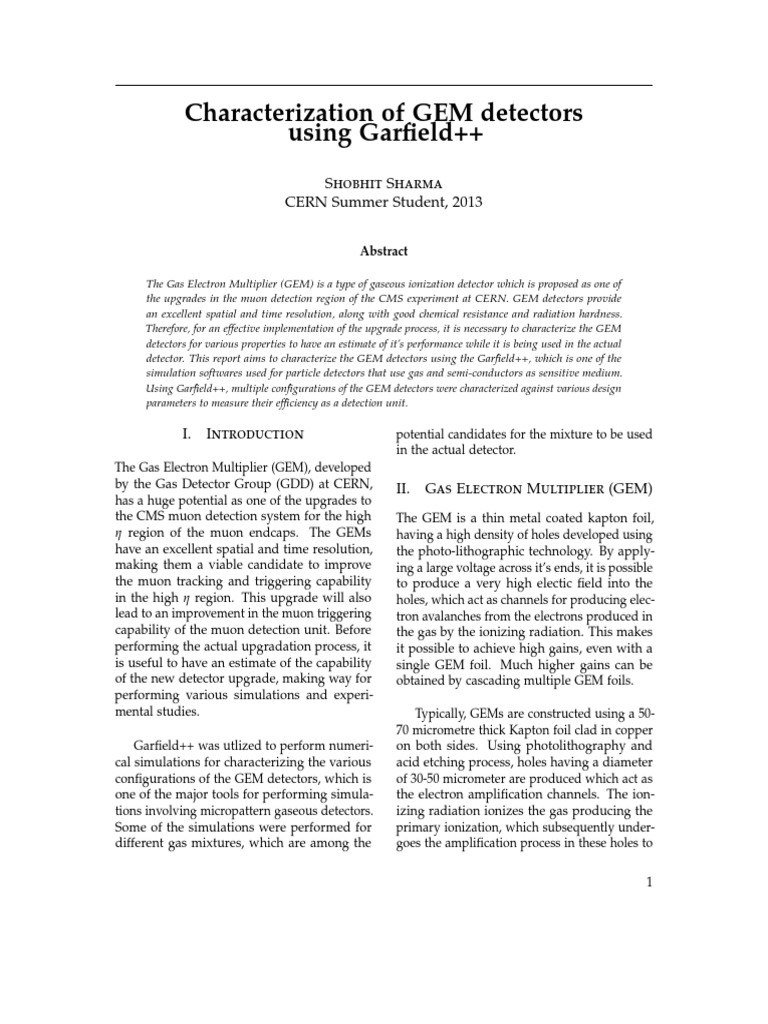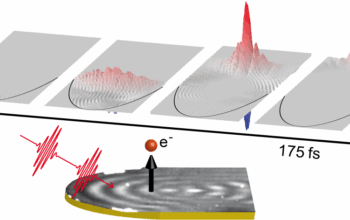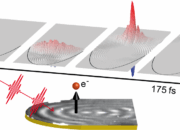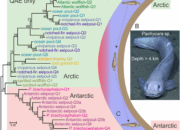In the realm of particle physics, the pursuit of ever-innovative detectors has become paramount. Among the plethora of available materials, diamonds have emerged as a veritable gem, both in terms of functionality and metaphorical significance. Describing diamonds in the context of detector technology reveals not just their physical structure but also the brilliance with which they illuminate the frontiers of scientific inquiry.
Diamond, a crystalline allotrope of carbon, possesses unique properties that render it exceptionally suited for the detection of particles. Its remarkable thermal conductivity, outstanding mechanical strength, and outstanding radiation hardness make it a preeminent choice for high-energy physics applications. In an arena where precision and reliability are non-negotiable, diamonds stand as a beacon of hope, shining brightly amid the array of materials vying for supremacy.
The genesis of diamond detectors can be traced back to the exponential increase in demand for advanced tracking devices in particle accelerators and experiments that probe the fundamental constituents of matter. As physicists endeavor to unravel the mysteries of the universe, from the enigmatic behavior of the Higgs boson to the elusive nature of dark matter, the tools they employ must evolve accordingly. Traditional silicon detectors, while reliable, falter under the extreme conditions present in high-energy environments. Herein lies the metamorphosis: diamonds transition from the gemstone of adornment to an indispensable asset in the arsenal of particle detection.
The operational principle of diamond detectors revolves around their intrinsic properties and the unique electronic structure that allows for highly efficient charge collection. As subatomic particles traverse through diamond, interactions occur at the atomic level, creating electron-hole pairs. The subsequent movement of these charge carriers under an applied electric field leads to a measurable current, which directly correlates to the energy of the incoming particle. This process operates seamlessly even in the presence of high radiation doses, as diamonds exhibit resilience long after traditional materials succumb to damage.
As we delve deeper into the characteristics of diamonds, it becomes apparent that their appeal extends beyond raw physical attributes. The cultivation of synthetic diamonds has paved the way for a distinctive advancement in detector technology. Chemical vapor deposition (CVD) techniques allow for the engineering of diamonds to attain specific electrical and optical properties essential for myriad detection applications. The creation of diamond films, tailored to precision specifications, embodies the marriage of nature’s artistry and human ingenuity.
Moreover, the unique acoustic properties of diamonds contribute to their burgeoning role in particle detection. The generation of phonons via particle interactions within the diamond lattice not only offers a secondary detection mechanism but also enhances spatial resolution. Such functionalities echo the multifaceted nature of diamonds themselves—exemplifying beauty in one aspect while serving a practical purpose in another, thus earning the moniker of the ‘smart material’ in the field of detector technology.
Nevertheless, the implementation of diamond-based detectors is not devoid of challenges. The initial cost of production and the complexity of processing synthetic diamonds are substantial barriers hindering widespread adoption. However, when juxtaposed against the potential for improved performance and longevity, the value proposition becomes compelling. Investment in research and development pertaining to diamond technologies can yield significant dividends as experimental physicists grapple with the ever-intensifying demands of modern particle physics.
One cannot help but acknowledge the metaphorical implications of diamonds in this context. Just as diamonds are formed under extreme pressure and heat, the evolution of detector technology requires a crucible of innovation fueled by the relentless quest for knowledge. The challenges faced by scientists mirror the metamorphic journey of carbon to diamond—both undergo transformation through adversity, underscoring a narrative of resilience and brilliance. This allegory is emblematic of the scientific community’s progress and its unwavering commitment to discovery.
As the landscape of particle physics continues to evolve, so too does the role of diamonds. They have not only cemented their status as premier detector materials but have also catalyzed a broader discourse on the future of materials science within the field. Investigations into the interaction of diamonds with different types of radiation and the development of novel detector designs will undoubtedly yield new insights, further enriching the tapestry of scientific knowledge.
In conclusion, diamonds are not merely a fancy application of a natural resource; they represent a paradigmatic shift in particle detection technology. Their unique properties serve as a catalyst for innovations that transcend mere functionality, resonating with themes of endurance, beauty, and complexity. As the pulse of discovery quickens, the integration of diamond detectors might very well illuminate the path toward profound revelations about the fundamental structure of matter and the universe at large. In this luminous journey, diamonds truly shine, offering both practical solutions and a sparkling metaphor for the triumph of human endeavor in the face of cosmic enigma.








